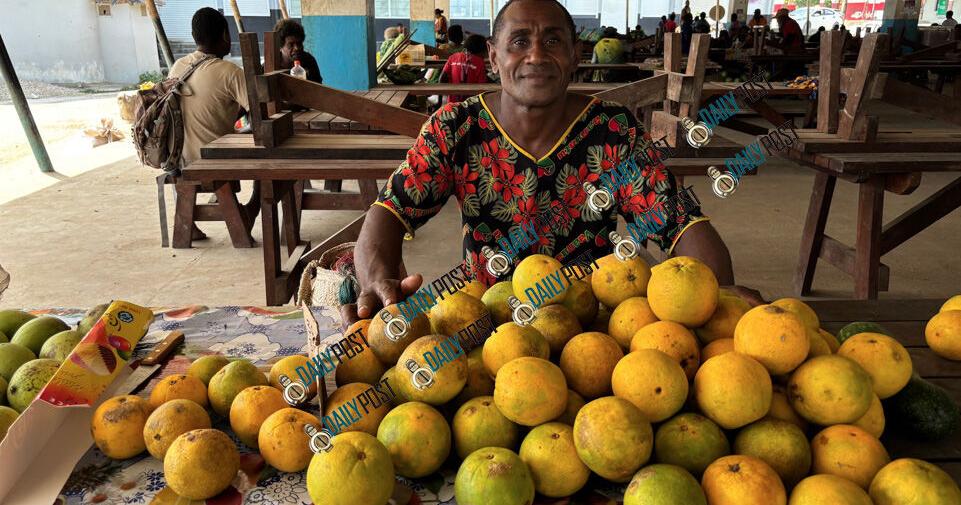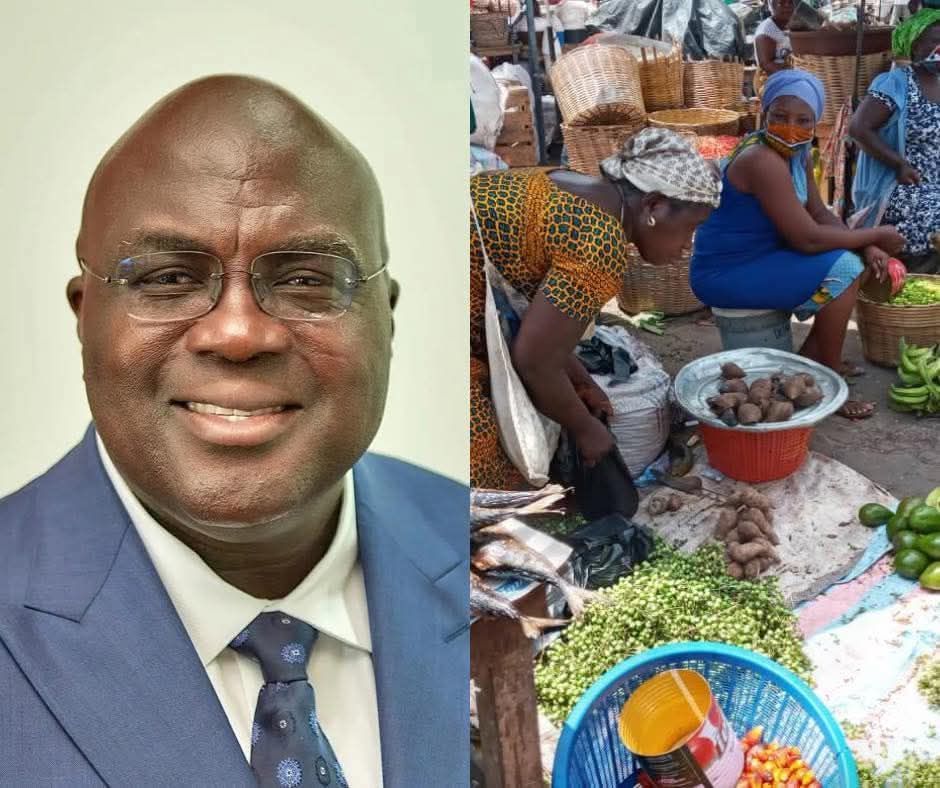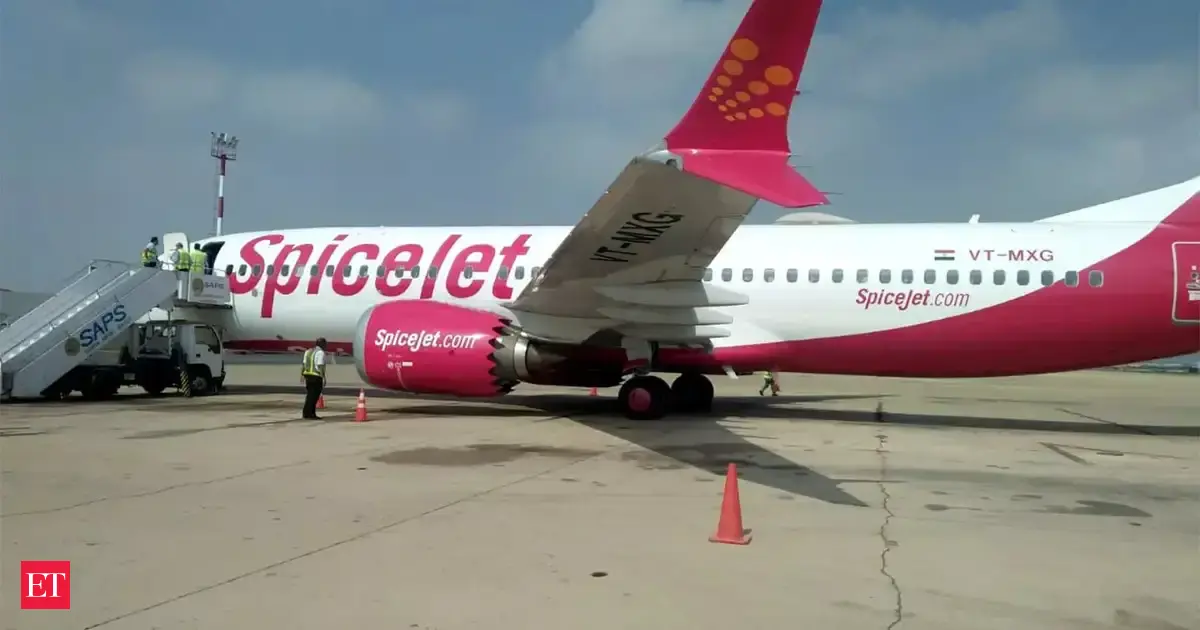By Nicholas Mwai
Copyright dailypost

For years, farmers in Northwest Santo have struggled to bring their hard-earned produce to market, battling long distances, high transport costs, and unreliable shipping schedules.
Among them is Ted Marae, a farmer from Olboe village, who grows oranges and pomelos but says much of his harvest often goes to waste.
“The idea of transporting the fruits—like oranges and pomelo—that I’m selling here at the Luganville Municipal Market is that we plant a lot of fruit trees, but it’s usually wasted because we don’t have good accessin transportation,” Marae explained.
From his remote village, the journey to Luganville can take 10 to 11 hours.
Farmers first travel six to seven hours by boat to Tasiriki, the landing place for boats, before spending another three to four hours by vehicle to reach the town. The cost is crushing.
“By boat, it’s VT46,000 one way and VT54,000 two way. Land transport from Tasiriki costs from VT20,000 to VT25,000. So on transport alone, it’s almost VT100,000,” Marae said. “If we pay transport just to do market, we cannot get any income. All the earnings will go to transport fees.”
The burden has forced farmers to look for alternatives, but even those come with challenges. Marae sometimes relies on passing ships to move his produce. The catch: there is no fixed schedule.
“I manage to transport my products via ship when we hear that the ship is passing by. I prepare my products for two to three weeks before the ship arrives, but by then the oranges and pomelo wrinkle a bit because it’s a long wait,” he said.
“Sometimes we prepare for one or two weeks, and the ship will arrive unexpectedly. Because the ship is chartered by VCCE (Vanuatu Copra Cocoa Export), we don’t know its routes since it follows other people’s plans. So we just wait.”
Even when a ship does arrive, the delays continue. “The ship passes by our village but goes straight to other places before
coming back. It can take days to arrive, and we don’t know what day it will actually stop at our village,” Marae added.
Recently, Marae transported his produce with the Santo Rococo ship. The experience gave him a glimpse of what a more reliable service could mean for farmers. “I boarded the ship around 11am to 12pm and arrived here at 2am in the morning. It’s much cheaper and quick. Ship transport is better—we see we can actually make income if we use it,” he said.
The issue reflects a broader reality across Vanuatu. Around 75 to 80 percent of the population lives in rural areas scattered across 83 islands.
On Espiritu Santo, the nation’s largest island, the 2020 census showed that 52 percent of people live in rural villages while 48 percent reside in the urban center of Luganville. Communities in the northwest are among those most isolated, yet they continue to contribute significantly to the nation’s economy.
“Out of the 52 percent, Northwest Santo is part of it, and we also contribute to the country’s economy,” Marae said. “We want an easier way to transport our goods. We plant, we produce, but the only challenge is transportation.”
For Marae and other farmers, a dependable shipping route is more than a convenience—it’s the key to unlocking their economic potential.
“It’s our long-time dream. I’m asking on behalf of the farmers and the people of
Northwest Santo for our national government or any business owners to provide services to the remote part of Santo,” he urged.
“We need help so it can encourage us to plant more. If we know the routes and the time, we can harvest and sell fresh products—not only at the market but also other places.”
The father and farmer added that easier access would change lives. “Northwest Santo is rich in products, but it’s a long way to town. If there’s a way, people will know where to sell their products and when to harvest. That will be very good for us parents to pay school fees and cover household needs.”
For now, the community continues to wait—sometimes days, sometimes weeks—for the chance to get their produce to Luganville.



